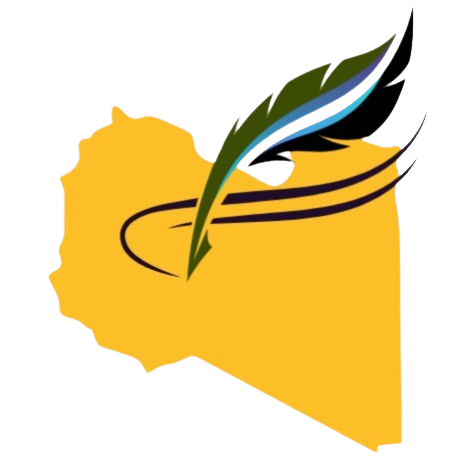Continuous Publication Policy
Continuous Publication Policy
Introduction:
The Journal of Sustainable Research in the Humanities is committed to providing a fast and efficient scholarly publishing service that ensures accepted research is made accessible to the academic community as quickly as possible. To achieve this, the journal adopts a Continuous Publication model, which helps reduce waiting times and enhances the dissemination of knowledge.
1. Definition of Continuous Publication:
Continuous publication is a publishing model in which accepted articles are published individually as soon as the peer review and technical editing processes are completed, without waiting for the full issue to be assembled. Articles published within a defined period (e.g., semi-annually or quarterly) are later grouped into a volume and issue and archived accordingly.
2. Advantages of This Model:
-
Accelerated availability of research after final acceptance.
-
Enhanced opportunities for early citations and greater research impact.
-
Reduced time pressure on authors and editorial teams.
3. Bilingual Publication and Translation
The Journal of Sustainable Research in the Humanities publishes research articles in both Arabic and English. All submissions are required to include two abstracts: one in the language of the manuscript and the other in the corresponding language (Arabic/English).
For manuscripts submitted in Arabic, the English abstract must be written in clear and proper scientific language. The journal offers linguistic support to authors through collaboration with certified language editors upon request.
Automatic translations without human linguistic proofreading are not permitted for publication.
4. Article Numbering:
Each published article is assigned a Digital Object Identifier (DOI) immediately upon publication, along with the corresponding volume and issue number and an internal serial number. The article is placed within the appropriate volume and issue based on the journal’s annual publishing schedule.
5. General Publishing Schedule:
The journal publishes two issues per year (January–June / July–December). Articles are added continuously to the active issue as they are accepted and prepared. At the end of each period, the issue is closed, and a new publication cycle begins.
6. Publication Dates:
Each published paper clearly states the following dates:
-
Date of submission
-
Date of acceptance
-
Date of publication (first online availability)
7. Intellectual Property and Author Rights:
-
Authors retain copyright while granting the journal the right to first publication.
-
The journal adheres to permitted citation limits according to ethical standards.
-
Authors must disclose any conflicts of interest or funding support.
8. Open Access:
-
The journal is funded by the Research and Consulting Center at Misurata University and does not charge authors any publication or access fees.
-
It follows a full open-access policy, allowing all published articles to be read and downloaded freely without restrictions.
9. Publishing License:
-
Articles are published under a Creative Commons license, which allows reuse and redistribution with proper citation of the source.
10. Reuse and Archiving Policy:
-
Authors may archive their articles on personal or institutional websites.
-
Original publication in the journal must be acknowledged in any subsequent use.
11. Withdrawal and Corrections:
-
Withdrawal of an accepted article is only allowed with documented reasons and approval from the editor-in-chief.
-
In the case of a significant error discovered post-publication, the author must request a correction or formal retraction.
12. Citation Rate:
The journal monitors the citation rates of its published articles through academic databases such as Google Scholar and Crossref. The citation rate is considered one of the key indicators of the journal’s quality and scientific impact. These data will be published periodically as they become available.







